|
Spanning 29km with a target completion date by 2029, phase one of the CRL will run from Bright Hill to Changi with 12 stations in all By Khalil Adis Come 2029, you can hop onto the train via a fully underground line that will link you from Ang Mo Kio to the aviation hub of Changi. Announced just last week by Singapore’s Transport Minister Khaw Boon Wan, phase one will comprise 12 stations. When fully completed by 2030, the entire line will span some 50km and will serve existing and future developments in the eastern, western, and north-eastern corridors. This will link it to major hubs such as Jurong Lake District, Punggol Digital District and the Changi region. According to the Land Transport Authority (LTA), the CRL will be Singapore’s longest fully underground line. Here are five quick facts on phase one of the CRL. #1: 29km of fully underground line The CRL will run parallel to the current East West Line (EWL). When opened, it will serve the residential and industrial areas such as Loyang, Tampines, Pasir Ris, Defu, Hougang, Serangoon North and Ang Mo Kio. This will definitely help ease congestions along the popular line which has been in operation since 12 December 1987. When the full CRL line commences service, the LTA envisages time savings of up to 30 to 40 minutes from Changi to Jurong. Construction for phase one of the CRL is expected to commence in 2020 and will be completed by 2029. #2: 12 stations Phase one of the CRL will comprise 12 stations namely, Aviation Park, Loyang, Pasir Ris East, Pasir Ris, Tampines North, Defu, Hougang, Serangoon North, Tavistock, Ang Mo Kio, Teck Ghee and Bright Hill. Of these, four will be interchange stations. Bright Hill, which is on the Thomson-East Coast Line, will become an interchange station with the CRL Meanwhile, Ang Mo Kio, Hougang and Pasir Ris will be an interchange station with the North-South Line, North East Line and the East-West Line respectively. #3: More than 100,000 households will benefit According to the LTA, more than 100,000 households will benefit from phase one of the CRL. Additionally, the LTA said envisages the projected daily ridership of the entire CRL to be more than 600,000 in the initial years before increasing to over 1 million in the longer term. #4: Open up access to more areas The LTA said previously inaccessible areas which currently have no MRT access such as Serangoon Gardens, Serangoon North and Aviation Park in Changi will enjoy greater connectivity. This means common recreational spaces such as Changi Beach Park, Bishan-Ang Mo Kio Park, Hougang Mall and Ang Mo Kio Hub will also become more accessible by public transport. This is definitely great news for outdoor lovers and mall enthusiasts as such spaces will enjoy greater connectivity. There’s more good news. The LTA said the line may be extended to link up with Changi Airport. #5: CRL will support three new economic hubs Singapore plans to bring jobs closer to homes with various plans in place to build economic hubs away from the central business district. Minister Khaw said that the CRL will help to support these new economic hubs that are being planned such as the Punggol Digital District, Jurong Lake District and one at the Changi region. Analysis The CRL will help to boost property values along the 50km stretch.
The districts that will benefit greatly are those described above where the government has laid across a masterplan especially for Punggol Digital District and Jurong Lake District. According to the Urban Redevelopment Authority’s (URA) Punggol Digital District masterplan, the innovation district will house technology firms involved in key growth fields such as cyber-security as well as the new Singapore Institute of Technology Campus. It will be opened progressively from 2023 and will create around 28,000 new jobs. Meanwhile, Jurong Lake District is set to become the largest commercial and regional centre outside the city centre. According to the URA, the district will create more than 100,000 new jobs with 20,000 homes to be built when it is set for completion after 2040. As for Changi, the URA’s Draft Master Plan 2013 showed Changi Airport’s ambitious expansion plans with two new terminals that will be built - Terminal 4 was completed in 2017 while the new Terminal 5 will be completed by around 2025. In addition, Project Jewel, an S$1.7 billion mixed-use development is set to open this year and will be seamlessly linked with the existing Terminal 1. This iconic development will feature a vast indoor garden and more shopping options. The URA envisages these three new developments to anchor Changi Airport’s air hub status for years to come and to generate thousands of new jobs for Singaporeans. As such, homeowners residing in Jurong East, Toh Guan, Teban Gardens, Taman Jurong, Punggol and Changi areas will benefit the most from the opening of the CRL line.
0 Comments
Singapore's private property market experienced robust growth but was muted midway by property cooling measures. We list down the key highlights in our 2018 property market roundups and our outlook for 2019. By Khalil Adis Singapore's private property market saw a steep rebound from the fourth quarter of 2017 after many quarters of decline in its Property Price Index (PPI) since the fourth quarter of 2013. Figures from the Urban Redevelopment Authority (URA) showed that the Lion City's PPI surged by 11.0 points from 138.7 in the fourth quarter of 2017 to 149.7 points in the third quarter of 2018. However, the market softened from July onwards post the new property cooling measures. Here are the top five property market roundups for 2018 and our top five outlooks for 2019. Roundups: #1: En-bloc fever Singapore's property market was off to a fiery start with several collective sales deal that was concluded during the first half of the year. They included the iconic Pearl Bank Apartments which was sold for S$728 million sales to CapitaLand and Park West which was sold for S$840.89 million to SingHaiyi Gold Pte Ltd. Data from Cushman & Wakefield Inc showed that the collective sales market recorded S$3.8 billion of en-bloc transactions in the second quarter. #2: New property cooling measures introduced To douse the red-hot residential property market, the government announced a slew of property cooling measures in July. This included increasing the Additional Buyer's Stamp Duty (ABSD) rates and tightening loan-to-value (LTV) limits on residential property purchases. The new ABSD rates and LTV limits are as above. As a result, the collective sales market declined with S$353 million worth of transactions recorded in the third quarter, data from Cushman & Wakefield Inc showed. #3: Industrial property market picks up steam While Singapore's residential property sector has taken quite a hit, its industrial and commercial property sectors are seeing an uptrend in investment sales. According to data from Cushman & Wakefield Inc, industrial property deals soared 73 per cent to S$1.2 billion in the third quarter while office sales increased by 54 per cent to S$2.1 billion. Meanwhile, Jones Lang Lasalle Singapore, citing data from JTC statistics said islandwide all-industrial rental correction stayed modest at 0.1 per cent quarter-on-quarter for three consecutive quarters since the fourth quarter of 2017, while the second quarter of 2018 all-industrial price index flat-lined for the first time since trending down in the third quarter of 2014. #4: HDB resale values are declining HDB is a hot bread and butter issue among Singaporeans as 80 per cent of the population lives in public housing flat. Public interest in HDB dominated the headlines in 2018 as government officials warned that their values could decline, especially those that are more than 40 years with around 50 years left on their 99-year lease. This marked a stark contrast during Lee Kuan Yew's era when he assured Singaporeans that HDB flats are an asset. Property agents who specialise in HDB flats in mature estates such as Toa Payoh say they are already seeing prices of older resale flats declining as many buyers are staying clear from such properties following the ongoing debate. For example, according to the third quarter data from the HDB in 2018, a 3-bedroom flat in the estate was transacted for S$279, 000. In contrast, the median price during the same period in 2016 was transacted for S$300,000. Having said that, other factors do come into play such as the supply of new Built-to-Order (BTO) flats which has influenced the resale price. However, until the government addresses the uncertainty surrounding older estates, we are likely to see the values declining as it is very much influenced by market sentiment. #5: Widening price gap between a private property and an HDB flat While the private property market has seen the price index picking up by some 11.0 points, the HDB Resale Price Index (RPI) has been on a decline. According to data from the HDB, the RPI has been on a decline since the second quarter of 2013 as it continues to launch BTO flats in the market. This is the biggest price gap in over 10 years and will likely be a contentious issue when the general election is expected to be called in 2019. Predictions: #1: HDB to become a hot-button issue 2019 is expected to be an election year. As such, HDB will be a hot-button issue as 80 per cent of the population lives in HDB flats. As we have discussed above, HDB resale prices are already on the decline while the price gap between a private property and an HDB flat has widened considerably. The government will need to address the ongoing debate on the value of older HDB flats moving forward. #2: Fewer BTO flats to be launched In November, the HDB said it launched 7,214 flats for sale under the Build-To-Order (BTO) and Sale of Balance Flats (SBF) exercise. This comprises 3,802 BTO units and 3,412 SBF units across various towns estates such as Sembawang, Sengkang, Tengah, Yishun and Tampines. However, there will be fewer units being offered in the next BTO launch exercise in February 2019. The HDB said it will offer about 3,100 flats in Jurong West, Kallang Whampoa and Sengkang. #3: A sellers' market With fewer BTO flats on the offering, this could possibly divert some of the buyers to the resale market and prop up the resale prices which have been falling since the second quarter of 2013. As such 2019 could likely be a sellers' market. Sellers should watch the market closely while buyers should opt for a BTO quickly. #4: Five growth areas As outlined in the URA Master Plan 2014, the five growth areas are located at Woodlands Regional Centre, Jurong Lake District, City Centre, Paya Lebar Central and Punggol Digital District. Woodlands Regional Centre will be a transportation hub which will connect the Thomson-East Coast Line (TEL) to the Johor-Singapore Rapid Transit System (RTS) via Woodlands North MRT station. Meanwhile, Jurong Lake District will house the High Speed Rail station linking Singapore to Kuala Lumpur in 90 minutes flat. The development of the project has been postponed to two years and will now commence construction in 2020 instead of 2018. Meanwhile, the express service will only commence by 1 January 2031 instead of 31 December 2026, as originally planned. You can read more about URA Master Plan 2014 here. #5: Opening of TEL will provide a price booster for properties along the line The TEL is a 43km MRT Line that will add 31 new stations to the existing rail network, with 7 interchange stations.
It will link to the East-West Line, North-South Line, North-East Line, Circle Line and the Downtown Line. Spanning from Woodlands North to Sungei Bedok, the line will be opened in stages next year. Stage one will comprise stations from Woodlands North to Woodlands South. As such, properties in the Woodland Regional Centre as highlighted above will be among the first to enjoy the price booster when the stations commence service next year. This will definitely be much to cheer about in the north amid the muted HDB resale market. 2018 is a watershed moment for Malaysia's politics and the subsequent impact on the property market. We list down the key highlights in our 2018 property market roundups and our outlook for 2019. By Khalil Adis May 10 2018 was a watershed moment in Malaysia as it marked the first change of government in the country's history. Since 1957, it had enjoyed an uninterrupted reign from the ruling Barisan Nasional (BN) coalition. However, the high cost of living, falling Ringgit, the lack of affordable homes in the market, high unemployment among fresh graduates, the unfettered check on power and the 1MDB scandal proved to be the undoing for BN as Malaysians far and wide casted their protest vote in the ballot box The message from Malaysians is clear - they have had enough and want a new, clean government to lead the way. With the Pakatan Harapan government now in power, all eyes are on the newly elected old Prime Minister Tun Mahathir Mohamad and his team to solve the pressing bread and butter issues. Here are the top five property market roundups for 2018 and our top five outlooks for 2019. Roundups #1: Demand-supply mismatch has resulted in an increasing number of unsold homes According to Bank Negara, 80 per cent of homes or 146,196 units priced above RM250,000 remained unsold as of end March 2018. In comparison, 130,690 units were unsold during the same period last year. "Imbalances observed in the property market continue to persist," Bank Negara had said in a statement. #2: Rent-to-own scheme being rolled out To help ease the entry for the first time property buyers, the private sector has come up with a few initiatives. Some private developers like Ayer Holdings have introduced a ‘Stay & Own' scheme for their Epic Residence and Foreston projects whereby part of the rent will be converted to the downpayment. This not only provides a temporary solution for those who urgently need a home but also a form of security. Meanwhile, Maybank has rolled a similar initiative called HouzKEY which they have called as "a rent-to-own solution that helps you to own your dream home." The scheme involves zero per cent downpayment with the monthly rental forming part of the home financing. #3: Ministry of Housing and Local Government studying Singapore's HDB model In July, Zuraida Kamaruddin, the Minister of Housing and Local Government paid an official visit to Singapore to study the HDB model. Singapore has succeeded to build demand driven homes under its Built-to-Order (BTO) scheme to house 80 per cent of the Singapore population. This is especially useful in Malaysia where there is currently a demand-supply mismatch as in point number one. #4: Malaysia looking into having a single housing government agency In Malaysia, there are so many affordable housing programmes being rolled out by the state and federal governments such as Rumah Milik Mampu, Rumah Selangorku, PR1MA, My First Home, Program Perumaha Rakyat and the list goes on. This confuses the public. The Malaysian government is currently looking into having a single housing agency to streamline the whole process much like the HDB model. If implemented, this could solve the current Malaysian housing woe. #5: More help for the B40, M40 and first-time homebuyers under Budget 2019 More help is on the way for these group of property buyers as announced under Budget 2019. The measures included the Real Estate and Housing Developers' Association (Rehda) agreement to cut prices by 10 per cent for new launches, the exemption of the Real Property Gains Tax (RPGT) for properties that are priced below RM200,000 and the stamp duty exemption for properties priced in the first RM300,000 up to RM500,000 as well as those priced from RM300,000 to RM1 million. Outlook for 2019 #1: Affordable homes to continue driving the market There is currently a strong pent-up demand for affordable homes but where the supply is lacking. As such, the affordable home segment will continue to be in strong demand for 2019. However, there needs to be concerted efforts from both the government and private developers. Under Budget 2019, the federal government has pledged to spend RM1.5 billion on such homes via the 1Malaysia People's Housing (PR1MA) and Syarikat Perumahan Negara Bhd (SPNB). Meanwhile, Rehda has agreed to cut prices as stated above. #2: South KL to be the growth area There are many infrastructure projects and economic drivers that are in the pipeline that will further boost property prices in Southern KL. One such project is Bandar Malaysia will serve as the terminus station for the Kuala Lumpur-Singapore High Speed Rail (KL-Singapore HSR) project linking both cities in 90 minutes flat. The development for the project has been postponed to two years and will now commence construction in 2020 instead of 2018. Meanwhile, the express service will only commence by 1 January 2031 instead of 31 December 2026, as originally planned. Bandar Malaysia has been designated as a site for the Digital Free Trade Zone (DFTZ) initiative by Jack Ma. Home to the Satellite Services Hub, DFTZ is expected to create some 60,000 direct and indirect jobs. It will also possibly serve as the interchange to the MRT Line 3, which has now been postponed. Another economic driver in the vicinity is Tun Razak Exchange (TRX). TRX will be a mixed-use development comprising a Grade A office space as well as residential and commercial precincts. To be developed in several phases over a period of 15 years, the first phase will comprise four investment grade A office towers, a lifestyle retail mall, two 5-star hotels and up to six luxurious residential towers with a target completion date by 2019. In addition, Bandar Malaysia will house two MRT stations - Bandar Malaysia North and Bandar Malaysia South which will form part of the alignment for the Sungai Buloh - Serdang - Putrajaya Line (SSP Line). #3: Properties along Sungai Buloh - Serdang - Putrajaya Line (SSP Line) will be sought after Speaking of the SSP Line, properties along the alignment, particularly those situated in the growth areas of Sungai Besi, Bandar Malaysia and Cyberjaya City Centre are worth looking into. Bandar Malaysia will house two MRT stations as stated above and located a few stops away from Tun Razak Exchange MRT station. Meanwhile, Sungai Besi MRT station is an interchange station to the Sungai Besi LRT station. It will serve as an interchange to the upcoming High Speed Rail station located in Bandar Malaysia, also in Sungai Besi. Last but not least, Cyberjaya City Centre MRT station is a transit-oriented development (TOD) project to be developed by Malaysian Resources Corp Bhd (MRCB). With its experience in building the transport hub in KL Sentral, MRCB will be developing a new city that will be integrated with the MRT station. Phase one is expected to generate a gross development value (GDV) of RM5.35 billion. It will feature a 200,000 sq ft convention centre, a 300- to 400-room business hotel, low and high-rise office buildings and a retail podium. Cyberjaya City Centre will have a development plan spanning 20 years. The MRT station is located just opposite Lim Kok Wing University of Creative Technology. #4: Penang to get a boost from Phase 1 of Penang Transport Master Plan (PTMP) With Lim Guan Eng as Malaysia's Finance Minister, Penang's property market will get a further boost. Just this month, Phase 1 of PTMP was approved. It will comprise the Bayan Lepas Light Rail Transit (LRT) project, Pan Island Link 1 (PIL1) project and several main highways. The proposed Bayan Lepas LRT line will be about 30 km in length with 27 stations running from KOMTAR to the future reclaimed islands in the south. There will be three interchange stations - KOMTAR, Sky Cab Station linking it to the Sky Cab line across the Malacca Straits and The Light Station linking it to the George Town-Butterworth LRT line. The LRT Line will also be integrated with the Sungai Nibong Express Bus Terminal at the Sungai Nibong Station. Meanwhile, PIL 1 is a new 20km highway that will be aligned along the mountainous terrain of the island and will take around 15 minutes from between Gurney Drive to the Second Bridge. There will be six interchanges in all - Dr Lim Chong Eu Expressway (LCE), Awang, Relau, Paya Terubong, Utama and Gurney. #5: Johor Bahru to get a boost from the Rapid Transit System (RTS) Link Meanwhile, over in the southern state of Johor, Iskandar Malaysia's muted property market will get a boost as the RTS Link will commence construction next year.
The RTS Link will link Bukit Chagar station in Johor Bahru to Woodlands North MRT station in Singapore when completed in 2024. There are also plans for a Bus Rapid Transit (BRT) system within Bukit Chagar station to link it to the different areas of Iskandar Malaysia. The BRT will feature a dedicated bus lane with three lines - BRT Line 1 will span from Bukit Chagar to Tebrau, BRT Line 2 from Bukit Chagar to Senai and finally, BRT Line 3 from Bukit Chagar to Iskandar Puteri. However, based on market talk in the ground, there is a possibility that the BRT system will be upgraded to an LRT system instead. A cautionary property tale of joint tenancy, abuse and escaping to a safe haven. By Khalil Adis As I watched Incident in a Ghostland last night from the comfort and safety of my home, I cannot help but notice some parallels between the characters and myself. This psychological horror drama thriller film tells a story of how a mom and her two daughters were ambushed in their home by murderous intruders. One of her daughters, Beth, conjured up a dream while being physically abused by her sadistic captors in a bid to escape her trauma. Still being held captive by the intruders, she would go on to write a bestselling book of the same title in the imaginary world that she had created. For me, however, the abuse that my mom and I had encountered was not a work of fiction. As a way to deal with it, I wrote a book called Property Buying for Gen Y which would then go on to become a bestseller and was a turning point in my career. While my story is nothing like Incident in a Ghostland, the physical, psychological and emotional scars still remain until today. History of abuse It is hard to believe a family member that I initially grew up with can turn out to be so abusive. My parents had divorced and as a result, we were living with our guardians. My mom and I lived with an uncle while the other family member, was sent to live with another uncle, owing to her very difficult behaviour. We then got a flat together in Taman Jurong where I was living my mom and this other family member when I was around 18-years-old. I remember thinking - “Finally! We have a place to call our own.” However, little did I know this family member would turn out to become a monster. The first instance of abuse occurred when I was kicked out of home at 21-years-old. I recall having my bag thrown out of the house and living temporarily at the police station where I was posted at for my national service. Back then, I did not know any property laws and did not know any better. I then rented a place for a while near to Admiralty MRT station. To pay for my rent, I would give tuition. The subsequent abuse happened in 2014 when the family member came back with her family after having lived overseas. My mom and I were on the constant receiving end of abuse, bullying and threats to kick us out of our family home. Mind you, I was paying for the mortgage and taking care of my mom. Things got so bad that my mom and I had to lodge a police report and sought help from my MP Tharman Shanmugaratnam. Thankfully, I now have my own home and a safe place for my mom and I away from the abuser. I subsequently dedicated Property Buying for Gen Y to my MP. Complications of joint tenancy While you can walk away from a relationship, it is not so straightforward when it comes to property matters with a family member. This is especially so if the property is held jointly as in the case of my mom and this family member. Under a joint tenancy agreement, two individuals agree to jointly hold a property. While this is the most common method of ownership as it is less costly, a joint tenancy exposes one family member to the financial risks, liabilities and other problems created by the other family member. In my case, since moving to another country, this family member has not been paying for her mortgage since 2011. My uncle had intervened with the agreement that I pay for the mortgage until I got my own home. However, once I received the keys to my home, the other family member became uncontactable. The HDB subsequently contacted us and told us this family member cannot pay for the house and wants my mom to take over the mortgage. As a result, my mom now bears the burden. We then decided to put up the home for rental as my mom is not working and is ill. The rental income is now helping to cover the mortgage as well as for my mom’s savings. We also paid the other family member her portion less expenses. However, the constant threats from the abuser still remain. If you are among the unlucky few who happen to own a property jointly with a toxic family member, this is what you should do. #1: Have proper documentation Having a problematic joint tenant will likely end up in a legal battle. Therefore, you need to have proper documentation in case it does end up in court. This includes whatever payments that you have been paying for the upkeep of the home, property tax and so on. Other useful documents including emails detailing a pattern of abuse, police reports and other documents to show that the other party has not been paying their home mortgage. Having all these documents will help bolster your case should it end up in court. #2: Speak to a lawyer When it comes to a joint tenancy agreement, the right of survivorship means that the other family member takes control of the whole property when the other party passes away, This can be very problematic when you are dealing with a family member who has not been paying and is abusive. Speak to a lawyer on what your options are so that you are fully prepared should a death occur in your family. #3: Do not react An abusive person needs to be in control and instigating a fight is one such way of doing so. While it can be very difficult to not react when the other person is shouting and accusing, you need to realise that the other person is not acting rationally By not reacting, you have taken away their power to push your buttons. Stay cool and take the high road all the way. #4: Minimise contact By minimising contact with the abuser, you are ensuring your own safety and that things do not escalate out of control. Focus only on the points concerning the house and steer clear from any arguments. Do not get sucked into the drama. #5: Learn to forgive No matter what has happened, each person deserves to be happy. When I speak about forgiveness, it is not for the other person but more for yourself. By learning to forgive, the other person no longer holds any power on you. I remember how empowering it was when I moved to my own home as the other family member now can no longer bully my mom and I. You have the right to be treated with respect, to be safe and to have a wonderful life away from the abuser. Seek help The Ministry of Social and Family Development defines violence as physical injury, direct or indirect threats, sexual assault, emotional and psychological torment, damage to property, social isolation or any behaviour which causes a person to live in fear.
My mom and I have experienced some of those forms of abuse described. While it is hard to believe that your own flesh and blood can turn their back against you, family violence is very real. In closing, it is my hope by sharing this cautionary tale that others in a similar situation will be spared the agony of what my mom and I have had to endure. If you have a family member who is abusive or know a family who is being abused, do not hesitate to call the authorities. You can find out more at Break The Silence. Housing affordability remains a serious issue as there are still many Malaysians who cannot afford to buy a home. To solve this, Malaysia can take a cue from Singapore's public housing scheme which houses 80 per cent of its population. By Khalil Adis Ask any young Malaysians and chances are many are still unsure if they can buy their first home. Their lack of knowledge, financial literacy, inability to get a loan and the lack of supply of such homes across Malaysia are further exacerbating the Malaysian housing issue. From Johor to Kuala Lumpur, there is currently a demand-supply mismatch whereby most new launches in the market are priced above RM500,000. This is far beyond what the average Malaysian can afford. According to the first quarter of 2018 data from the National Property and Information Centre (NAPIC), Selangor has the highest number of existing stock of residential units followed by Johor and Kuala Lumpur at 1,516,960, 795,363 and 471,475 units respectively. With Budget 2019 to be announced in November, perhaps the Malaysian government can take a cue from Singapore how the city-state is able to house 80 per cent of its population. Step 1: Have a single affordable housing agency In Singapore, there is only one government agency called the Housing & Development Board (HDB) which is tasked to provide affordable housing for every Singaporean. In comparison, in Malaysia, there are so many affordable housing programmes being rolled out by the state and federal governments such as Rumah Milik Mampu, Rumah Selangorku, PR1MA, My First Home, Program Perumaha Rakyat and the list goes on. This confuses the public. The government should consolidate the affordable housing segment under one single government agency much like the HDB model. Recently, Zuraida Kamaruddin, the Minister of Housing and Local Government, was in Singapore to study the HDB model. By having it under one government agency umbrella, this will enable the federal government to better gauge demand from the public. This leads to the next point. Step 2: Build demand-driven homes In Singapore, the HDB builds homes that are demand-driven called the Built-to-Order (BT0) scheme. The public is then invited to apply for the various homes that are on offer in different parts of Singapore. By doing so, this enables the HDB to gauge demand from the public and allocate homes using a balloting system. The balloting system will then inform applicants of the status of their application. If Malaysia were to follow such a system, this will help to solve the current demand-supply mismatch in the market and build homes according to demand. Step 3: Introduce grants and subsidies In Singapore, a first-time applicant can enjoy a housing grant called the Additional CPF Housing Grant (AHG) and Special CPF Housing Grant (SHG) of up to S$40,000 depending on one's household income. To qualify for the AHG, applicants must apply for a 2-room flat or larger with an income ceiling of S$5,000 per month, Applicants must also be employed at the time of application and be at least in employment for the past one year during the housing application. On top of that applicants must not be an owner of any other properties in Singapore or overseas. Applicants can also qualify for additional grants under the SHG here or if they live close to their parents. By introducing such grants, it lowers the entry price to buy a home. Likewise, if similar grants are introduced in Malaysia, it will mean more Malaysians can afford to buy their first home. You can read more about the scheme here: Think about it. Step 4: Introduce housing loans direct from the housing ministry In Singapore, most Singaporeans will opt to get a loan directly from the HDB which gives a concessionary interest rate at 2.6 per cent. This means, regardless of the economy, the interest rate will remain the same unlike taking a bank loan. In addition, the HDB is more compassionate if say, one is unable to service their loans. The HDB will still require you to pay your monthly mortgage but will work out a plan that will ensure you will still have a roof over your head. However, banks are less forgiving when you take a bank loan and will not hesitate to repossess your flat if you do not pay your mortgages on time. In Malaysia, applicants must apply for a bank loan. However, due to non-payment of PTPTN as well as bad credit, some applicants find their loans being rejected. Perhaps, a way to get around it is to have a housing loan disbursed by the housing ministry with its own set of rules similar to the HDB. Step 5: Introduce a rent-to-own scheme (for those who can't afford downpayment) While there is no rent-to-own scheme in Singapore, this mode of housing ownership is getting popular in Malaysia. For example, Ayer Holding introduced a ‘Stay & Own' scheme for their Epic Residence and Foreston projects whereby part of the rent will be converted to the downpayment. This not only provides a temporary solution for those who urgently need a home but also a form of security You can read more about the scheme here: If you are completely clueless about buying your first home and need some pointers, this workshop is for you! The method of delivery will be very light-hearted but with the main points covered. Sign up here
While this is the stuff of every Singaporean home owners’ nightmare, it is better to err on the side of the caution by knowing what happens when you break the law.
In Singapore where 80 per cent of the population lives in government- owned flats, (popularly known as Housing & Development Board or HDB flats), losing the roof over your head is really a big deal. Being government-owned, there are strict laws and regulations in place governing HDB flats. They include a minimum occupation period (MOP) of five years and a minimum rental period of six months per application when renting out your HDB flats. According to the Housing & Development Board, this is necessary “as it may disrupt the living environment and pose security concerns for our residents”. Take the example of two home owners whose flats were seized in 2014 for illegally renting them out to tourists. In both cases, the two owners had openly flouted HDB laws by renting them out on a daily basis. While there is no latest data as of 2018, the numbers could be higher due to the popularity of AirBnb listings. Between January 2012 to 2014, for instance, the HDB had seized 202 flats for breaking the law. So what can lead to such confiscations? Here are some of the common scenarios: #1: You illegally rent out your property Every HDB flat has a MOP of five years. us, you are not allowed to rent out your flat if you have not reached the MOP. #2: You rent out for a short-term period AirBnb type of accommodations are not allowed in HDB flats as the minimum rental period for each tenant must be 6 months per application. us, flat owners are not allowed to rent out their flats or bedrooms on a short-term basis. #3: You did not register with the HDB after renting out your flat Granted, you have fulfilled the MOP, it is still against the law if you do not register the particulars of your tenants with the HDB. #4: Your tenants are involved in illegal activities Illicit businesses like prostitution in the heartlands have become rife and a common problem nowadays. While the tenants are the ones breaking the law, the onus is on the owners to do regular spotchecks to make sure your tenants are not involved in such illegal businesses as this may affect the harmony of your neighbourhood. #5: You bought a private property before the minimum occupation period is up Owning a HDB flat is a privilege and not a right. By buying a private property in Singapore or overseas, before the minimum occupation period is up, you are essentially denying a more deserving Singaporean a roof over their head. #6: You have not been paying your mortgage This is a last minute resort if you have persistently not been clearing your arrears despite HDB’s best intentions. In this case, the HDB has the right to confiscate your flat. However, such households will be given alternative accommodation such as downsizing to a flat that they can afford or renting a flat directly with the HDB. With the exception of the last scenario, losing your HDB flat can have very grave implications. Let’s take a look at them: Implication No: 1: Financial losses Assuming you had broken the laws, the HDB has the right to take back your flat at the price that it was purchased after deducting a penalty. While the HDB does not leave you financially destitute, this also means you will not be able to enjoy the capital appreciation on your flat. Let’s take the case of a property agent, Poh Boon Kay whose HDB flat was repossessed by the HDB in 2010 after he and his wife was found to have illegally sublet his home. While they both had bought the HDB flat from the open market at S$150,000, he was reportedly paid S$125,000 after deducting the penalties. At the time of the confiscation, his flat was worth S$320,000. That’s almost a loss of S$200,000! Implication No: 2 No roof over your head Unlike the last scenario, because you had broken the law, you’re on your own. This not only creates a huge fiinancial burden as you will now have to either rent or buy a private property, but also deal with the emotional stress and uncertainty of not having a roof over your head. Takeaways While HDB is an asset, it can also lead to huge financial losses if you break the law. The takeaway is this, it is always better to err on the side of caution when it comes to government-owned flats in Singapore as the repercussions far outweigh one’s ignorance and financial greed. This article was first published by Asian Property Review, March-April 2018 issue |
Khalil AdisAn independent analysis from yours truly Archives
July 2023
Categories
All
|
100 Peck Seah Street
|
|
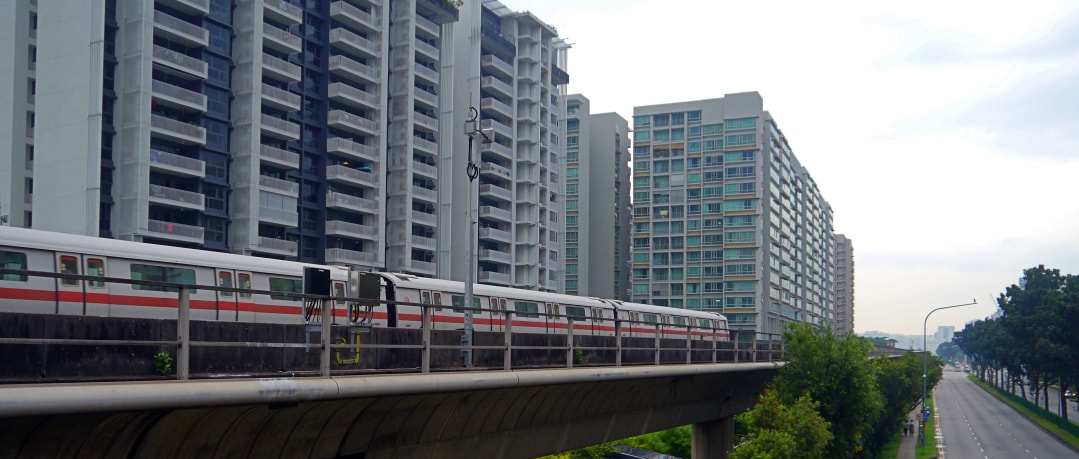
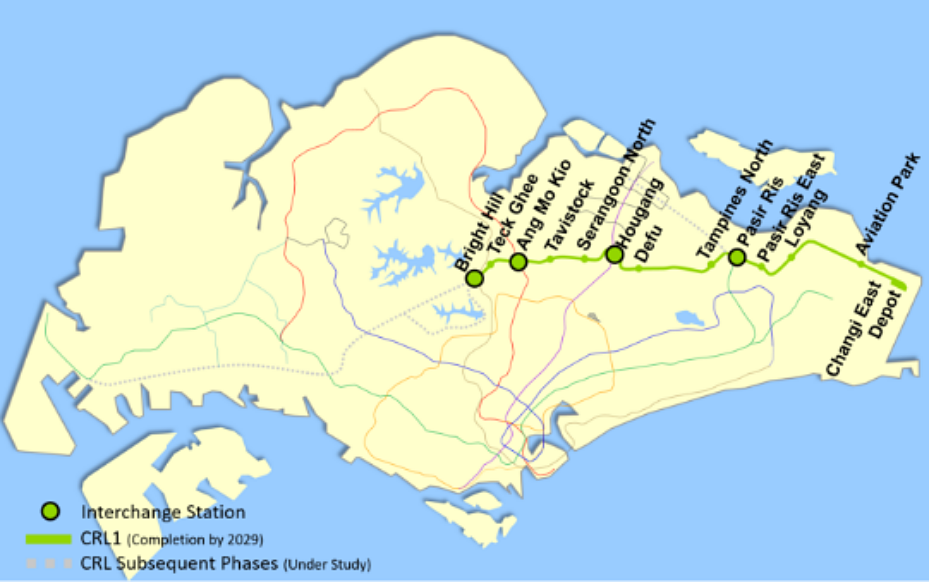
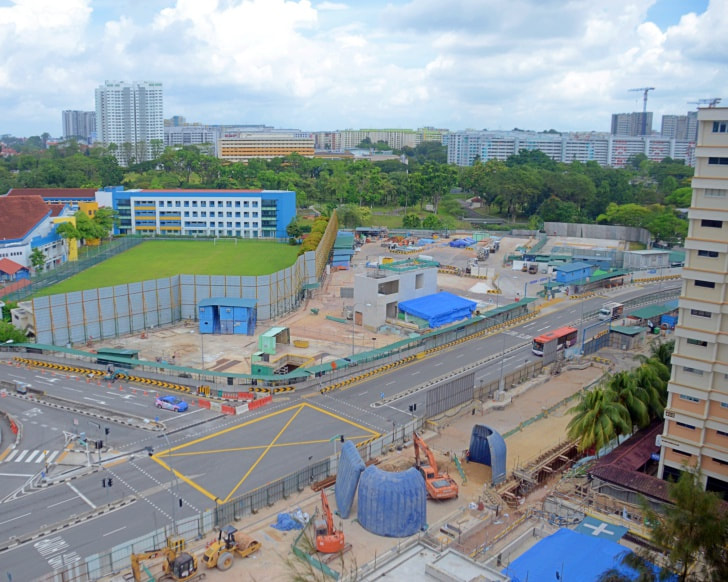
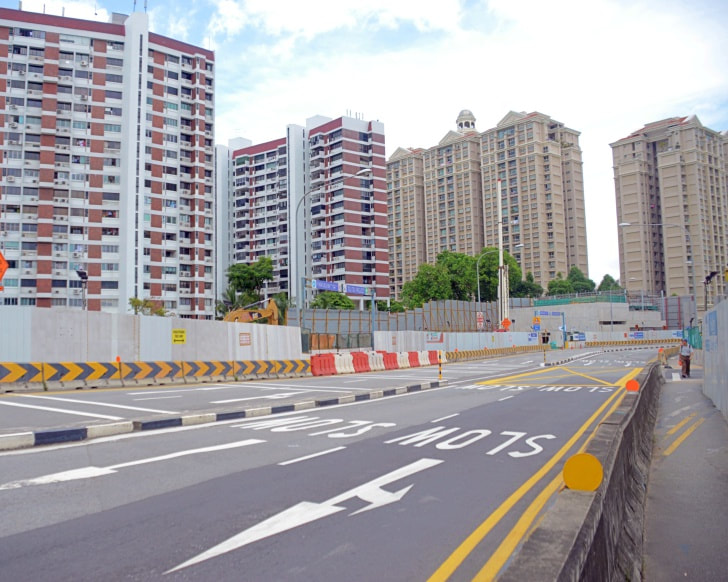
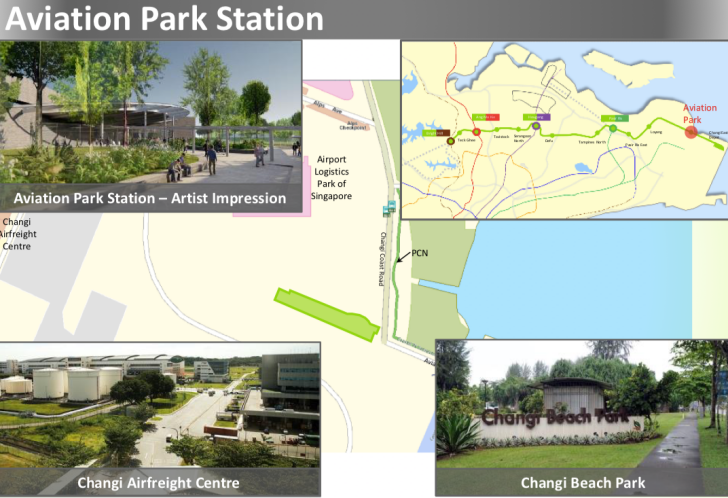
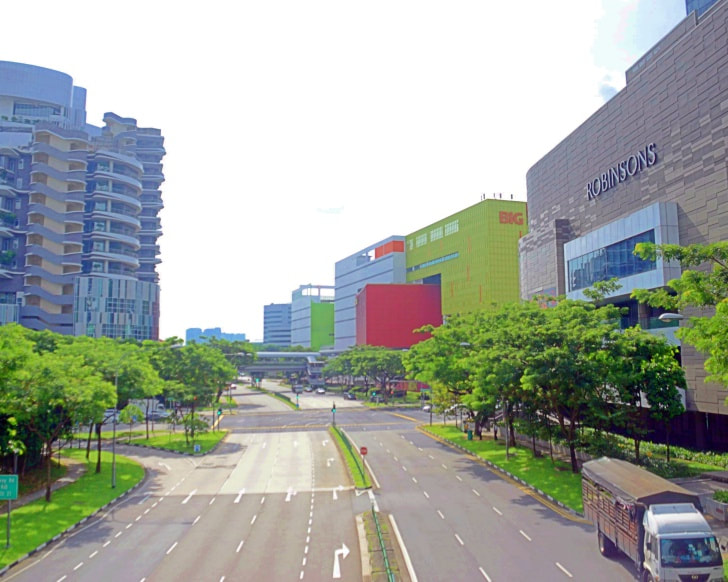
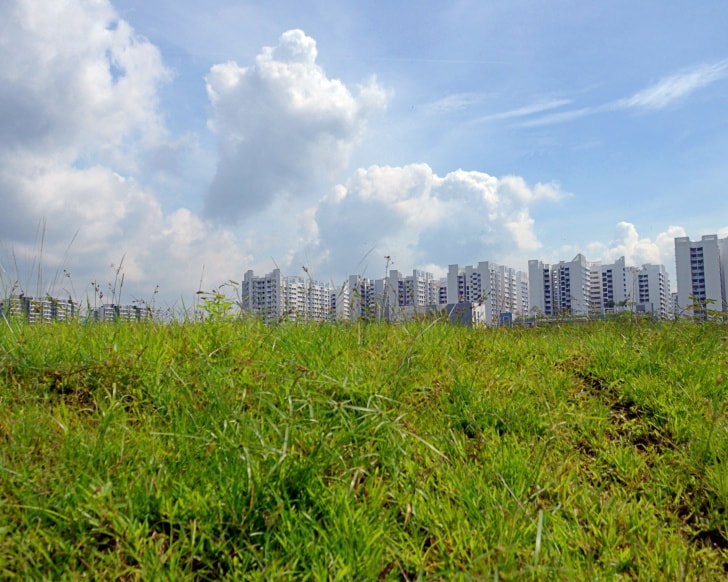
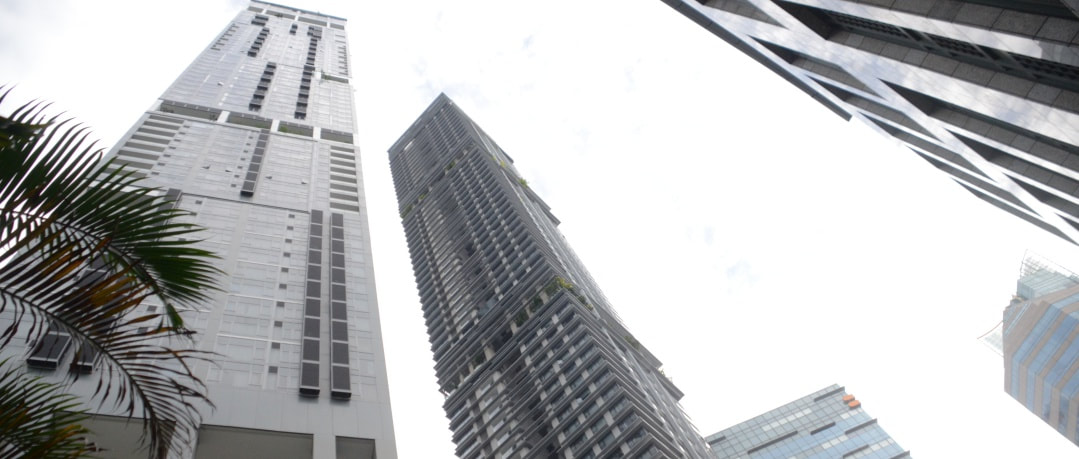
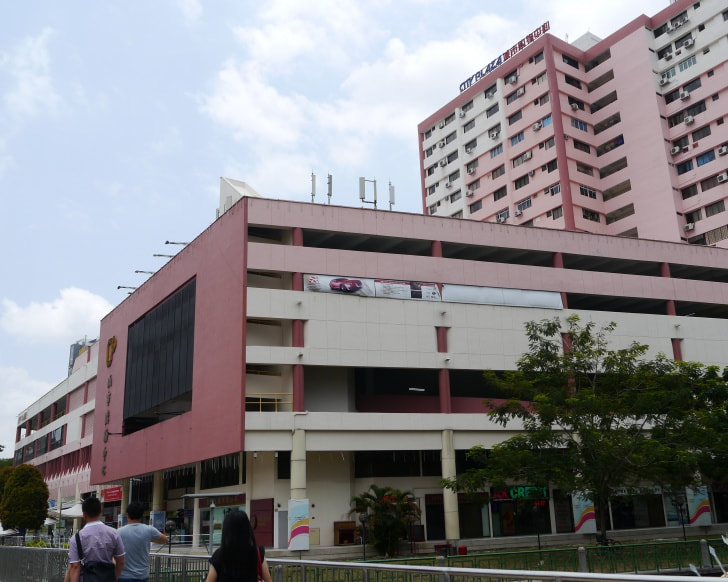
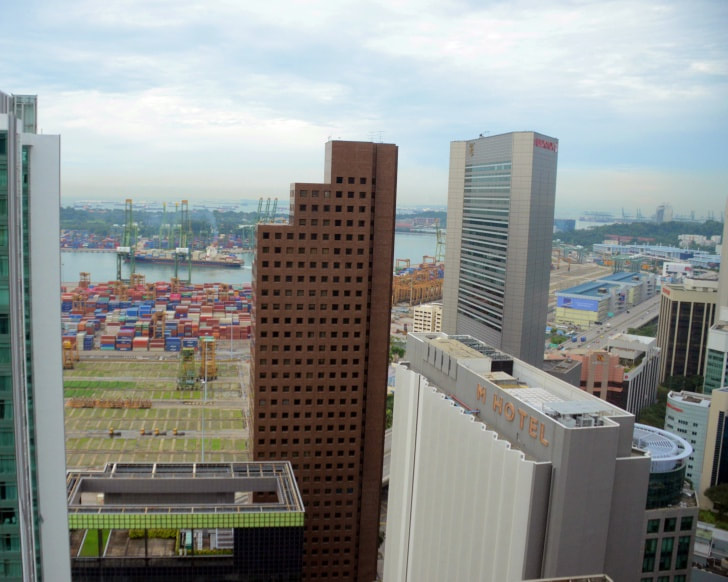
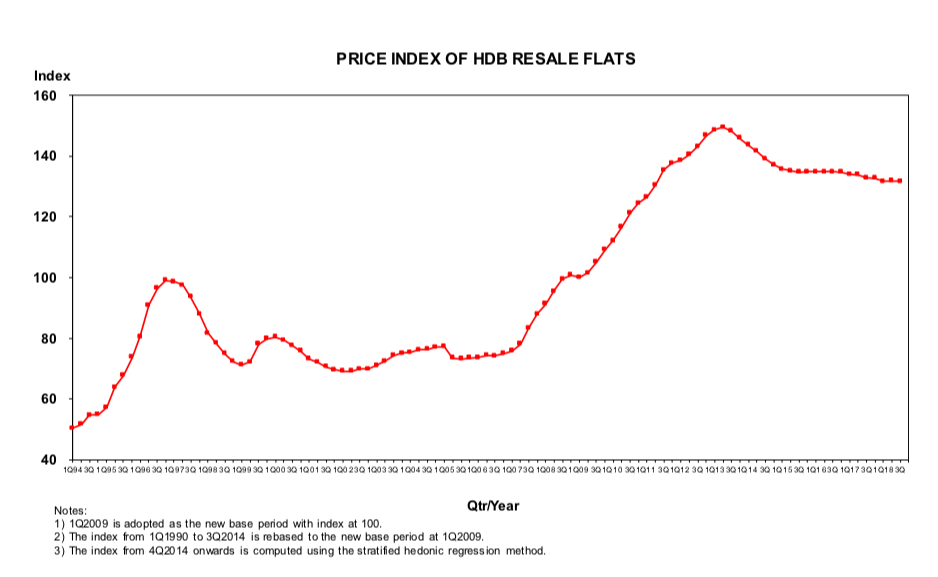
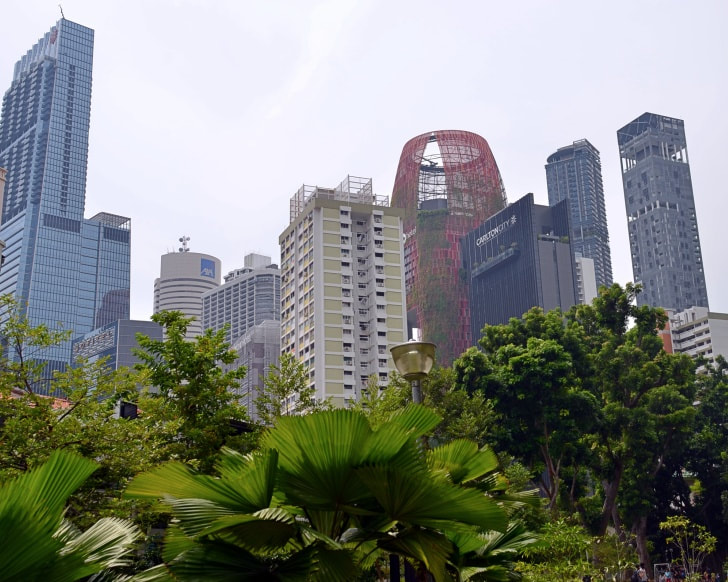
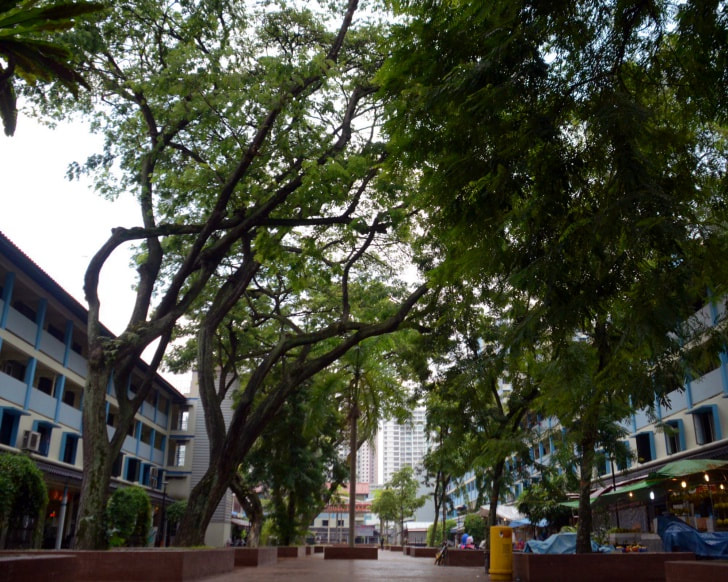
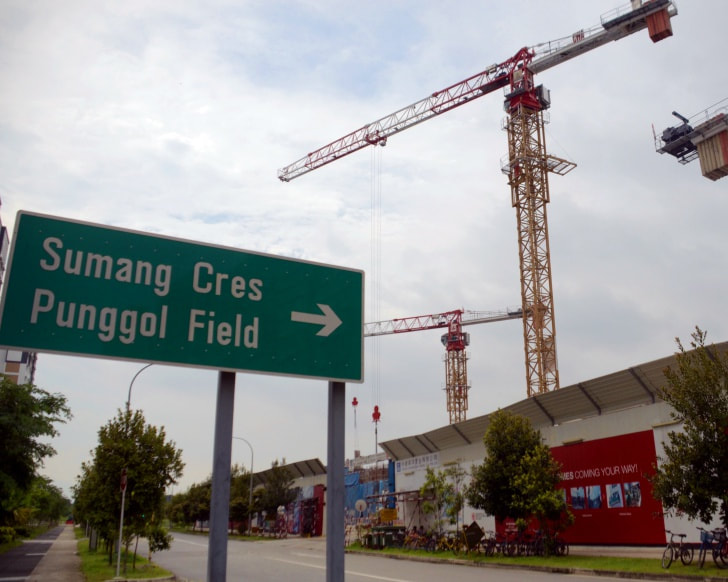
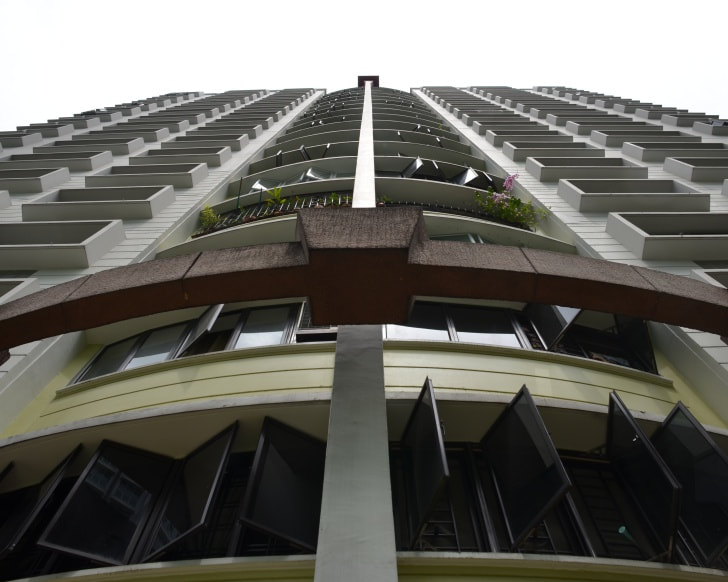
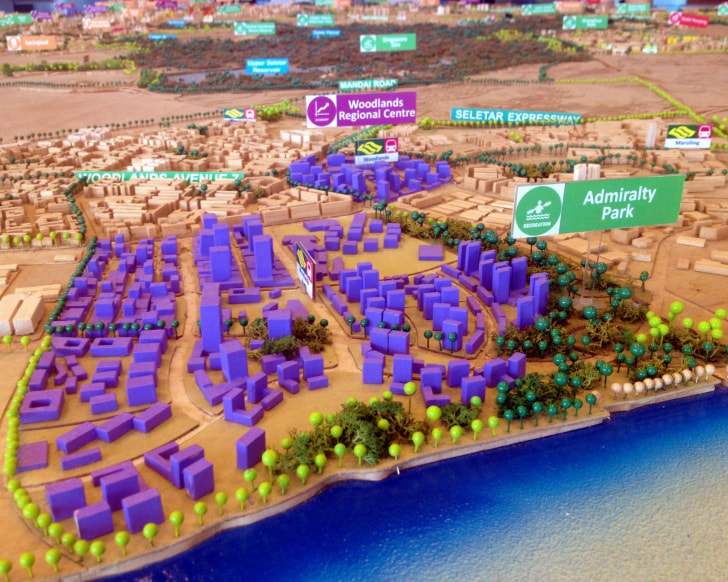
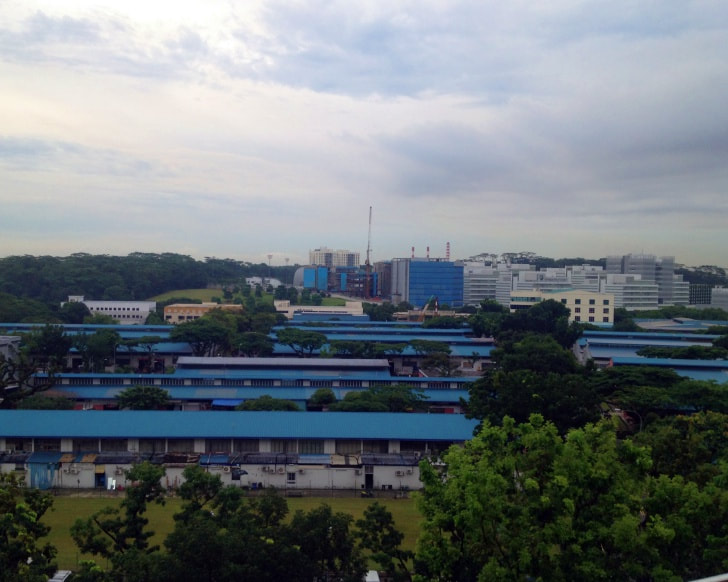
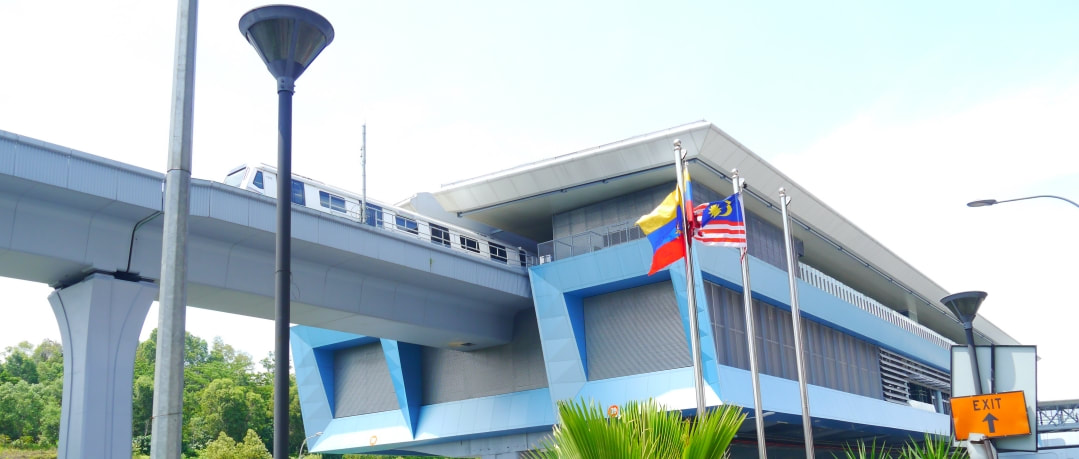
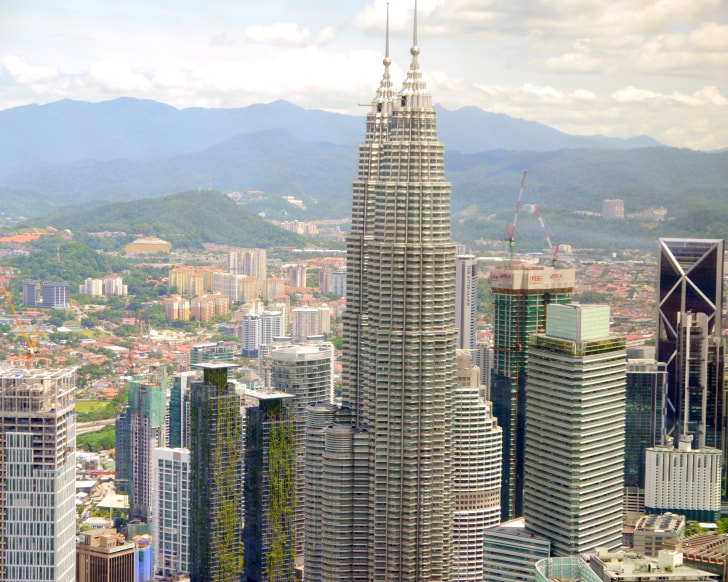
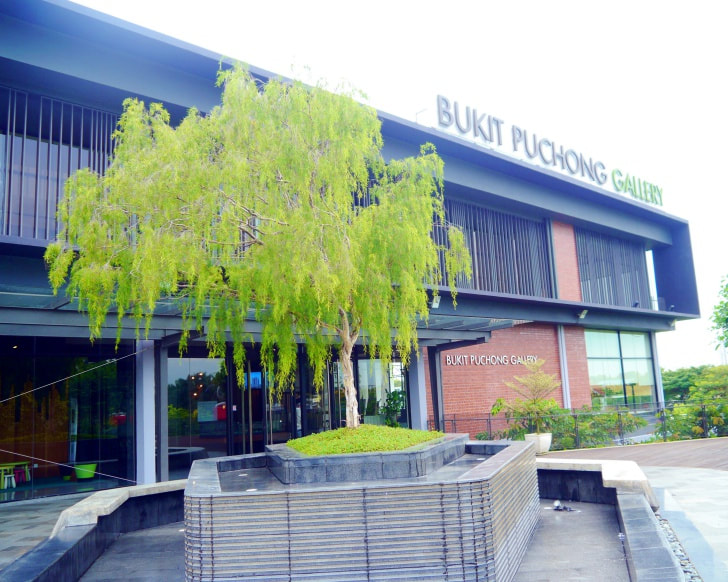
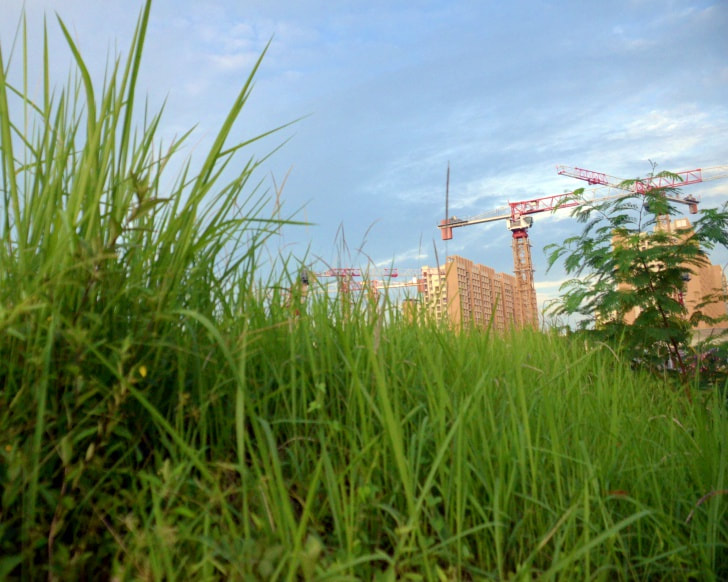
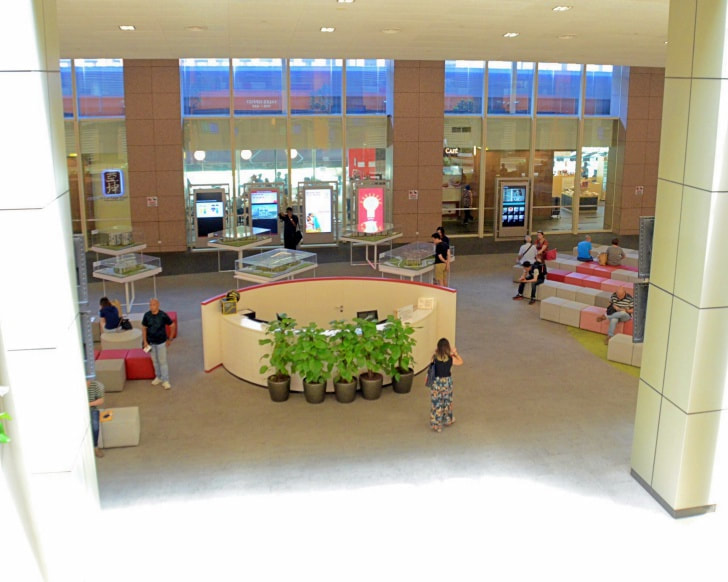
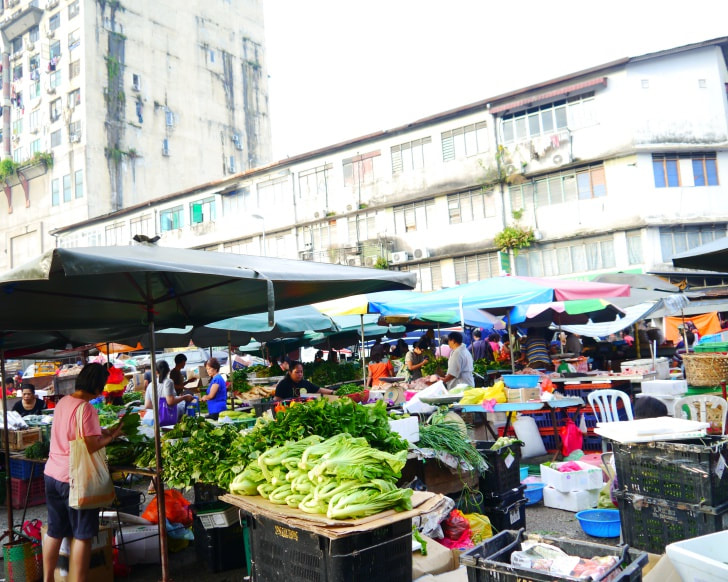
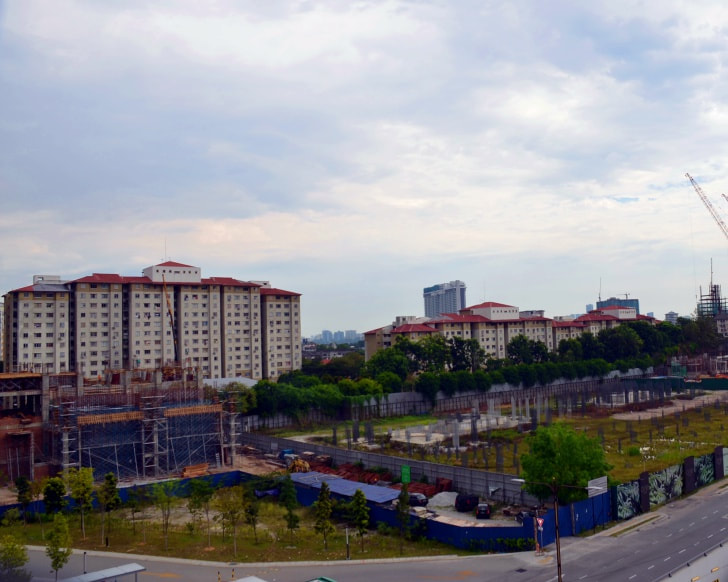
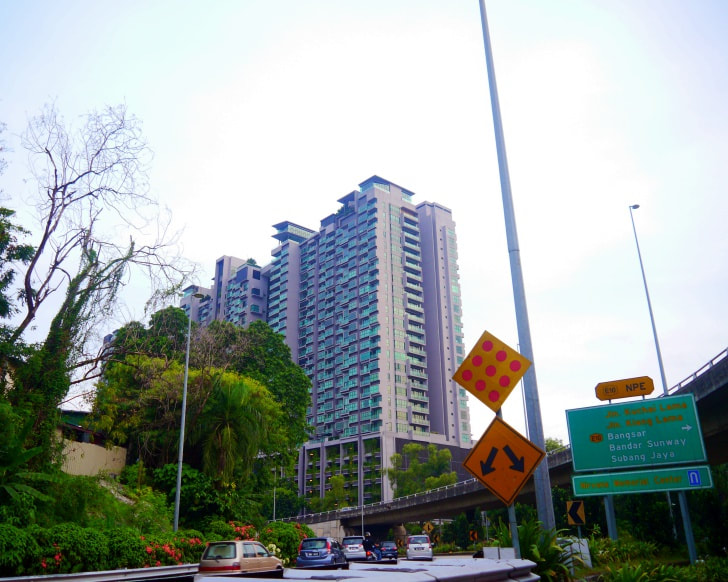
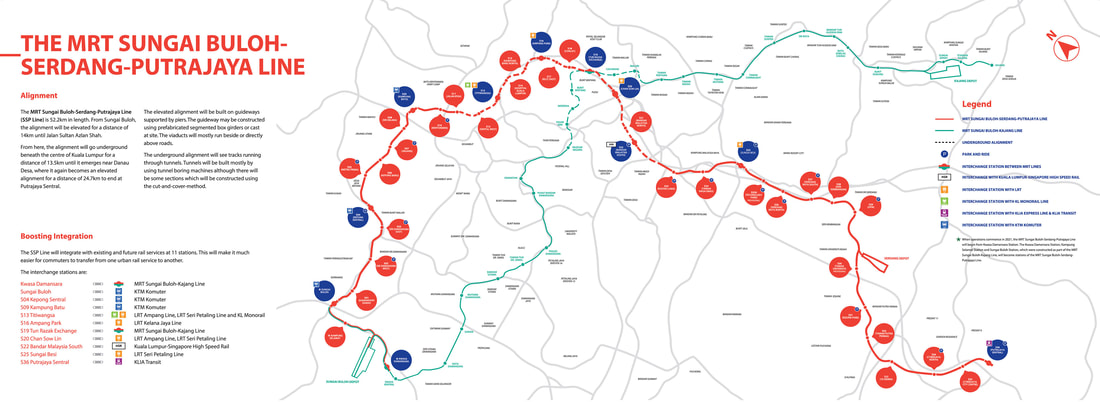
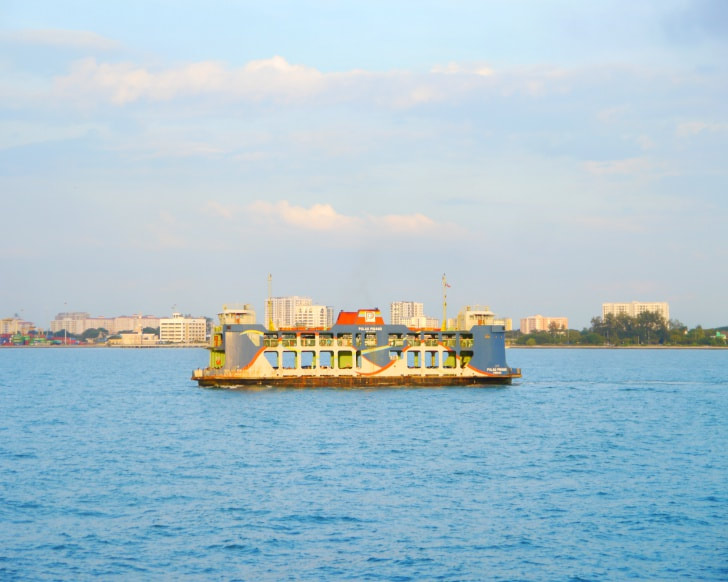

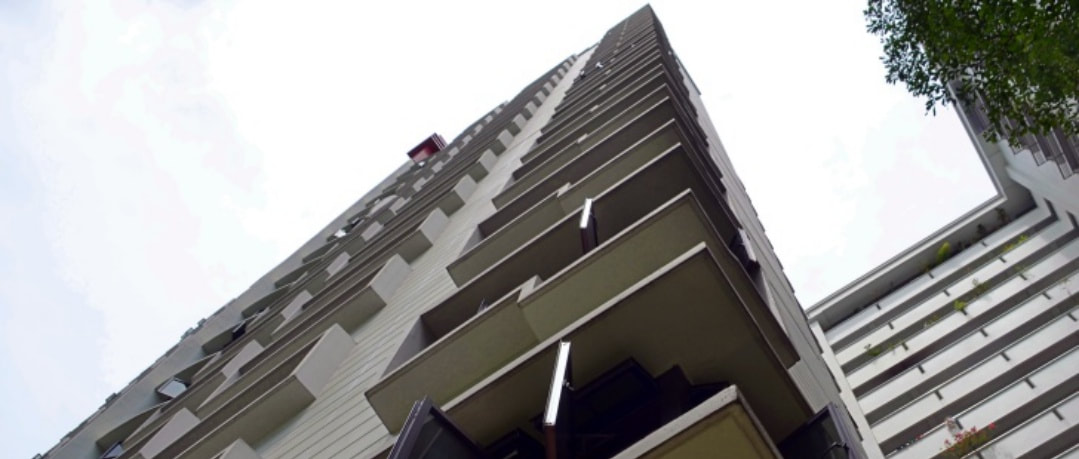
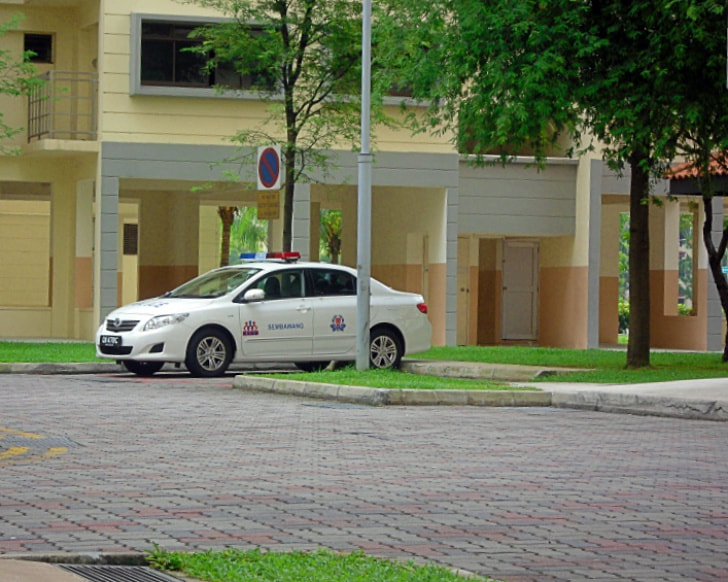






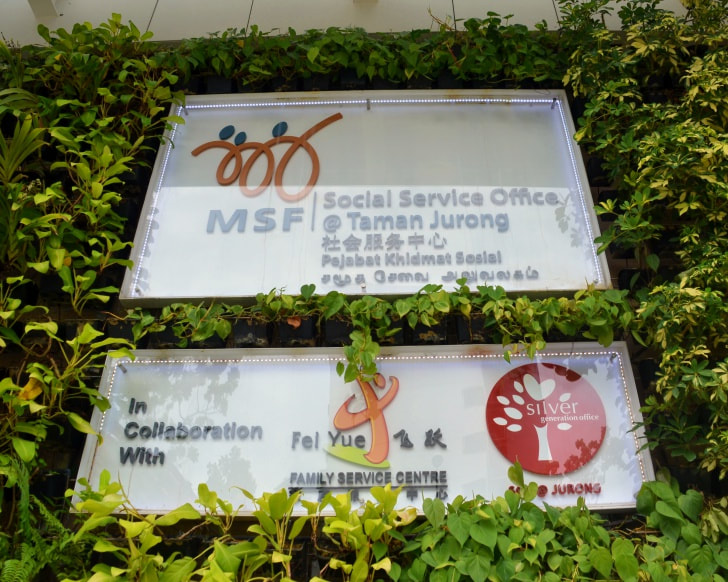
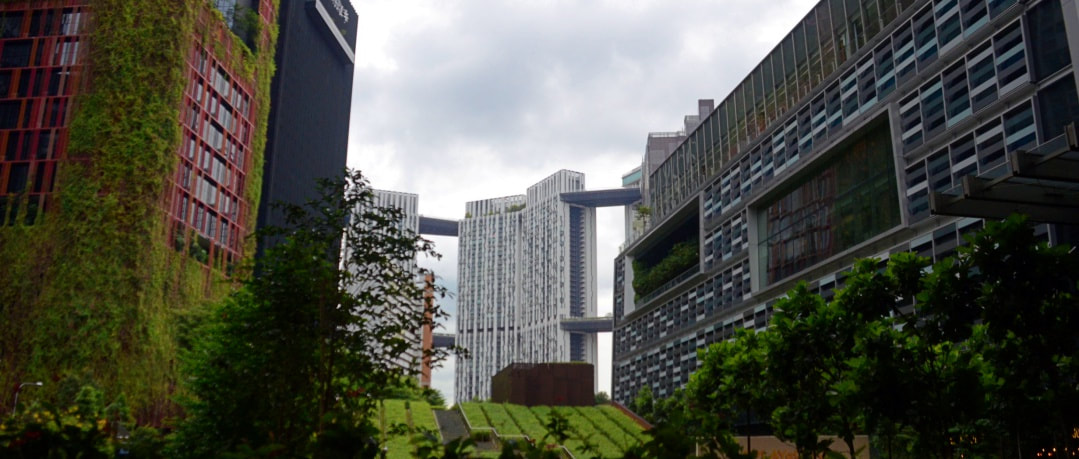
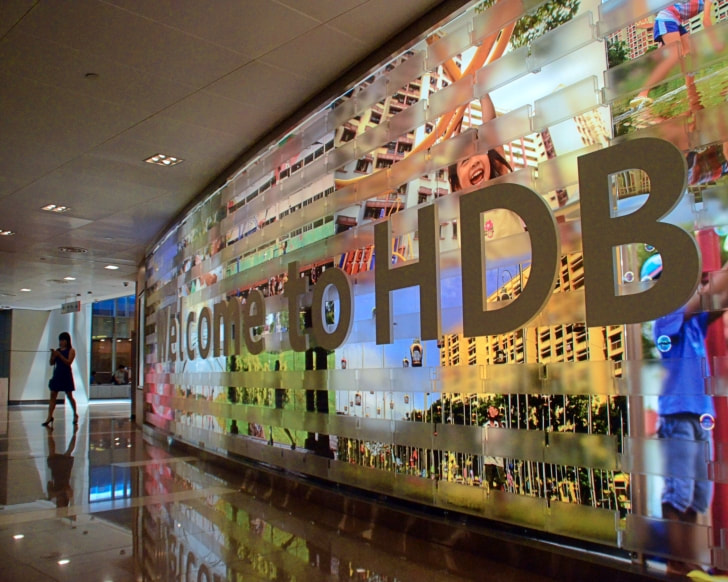
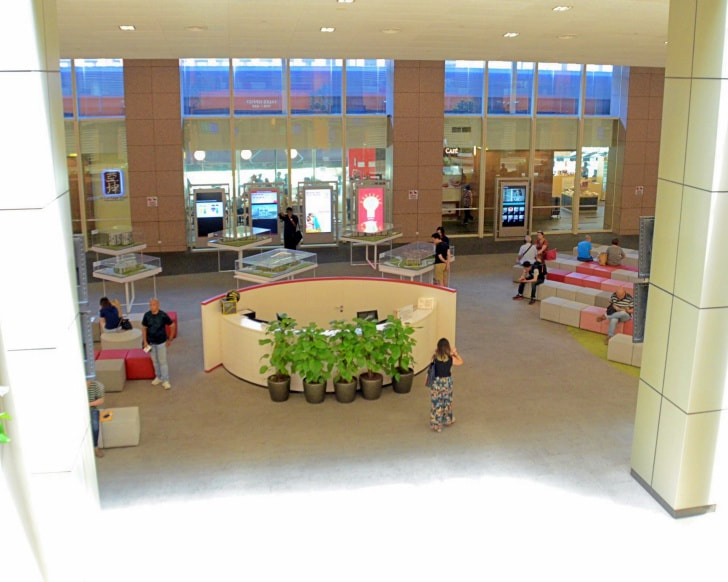
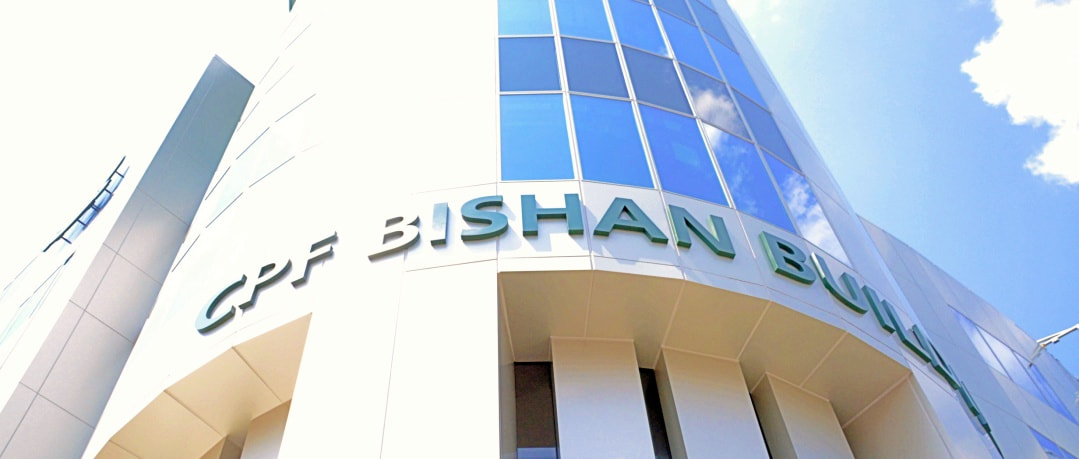
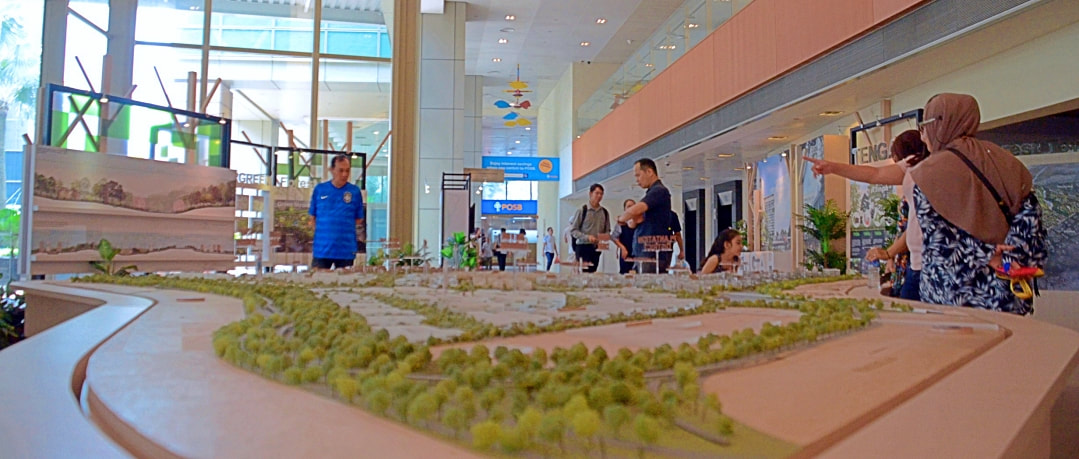
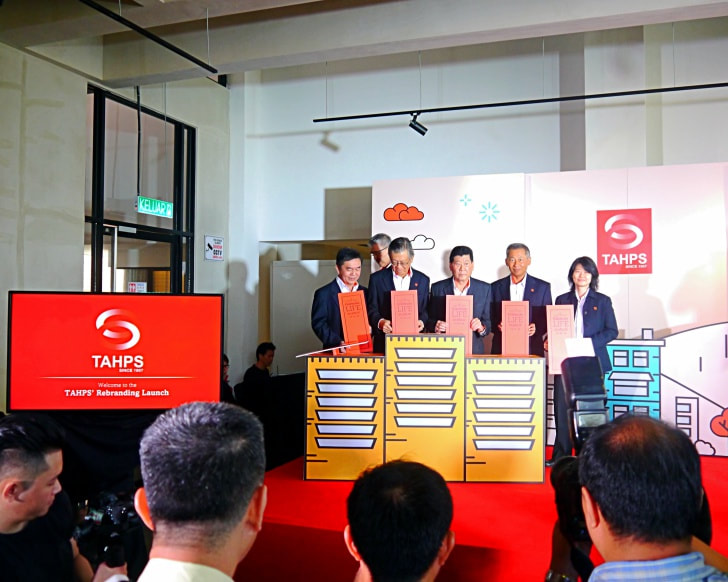

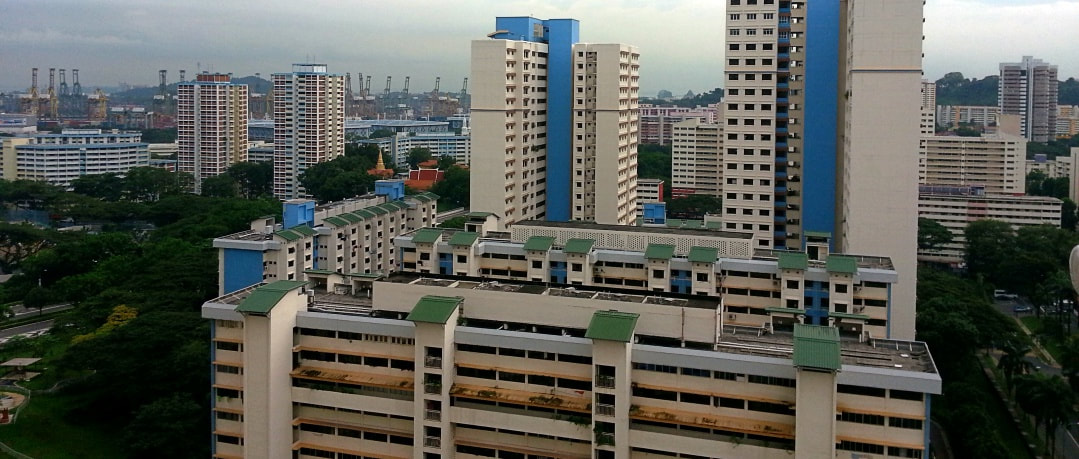
 RSS Feed
RSS Feed
